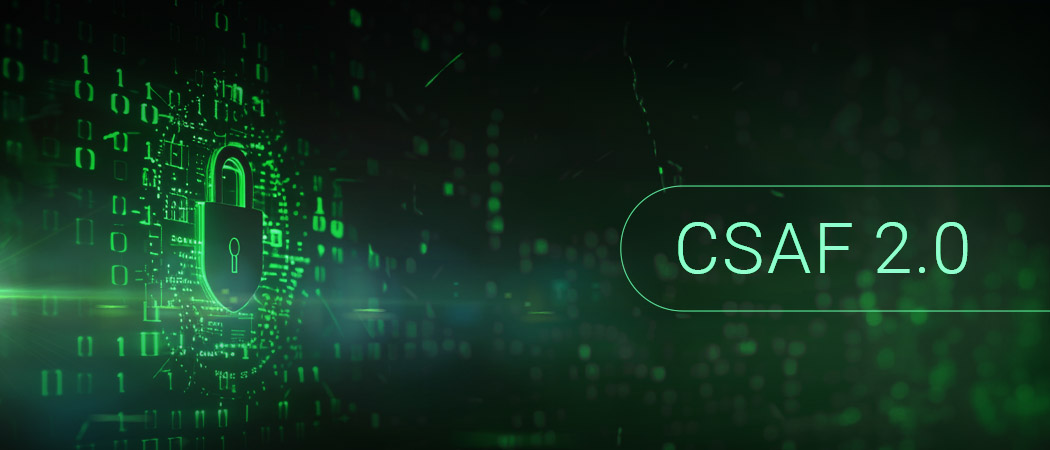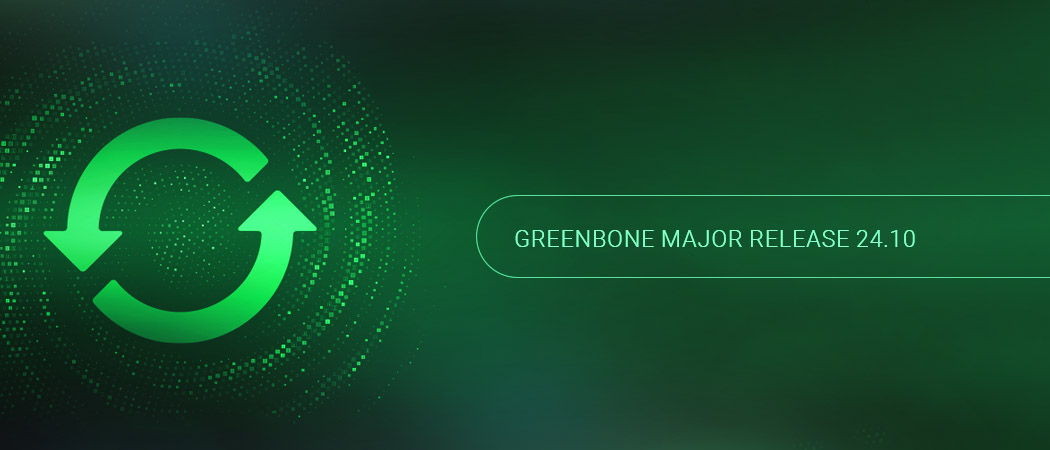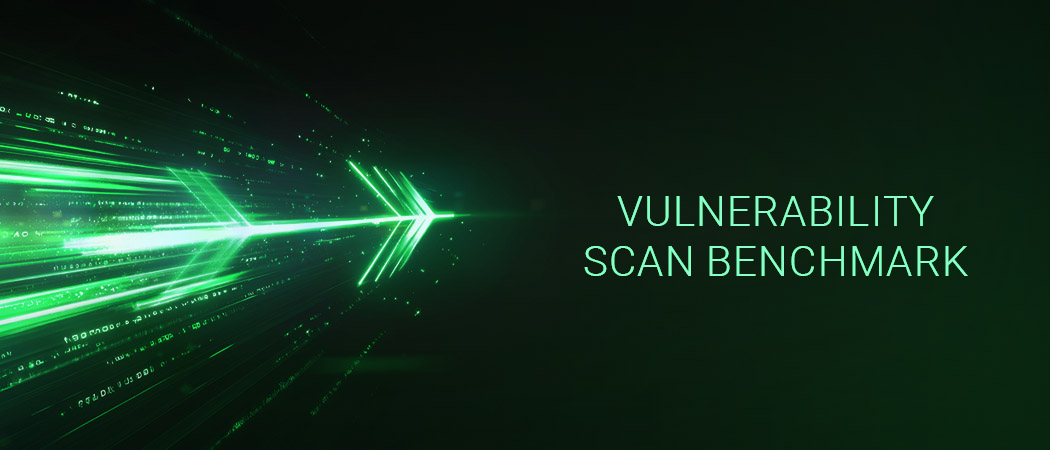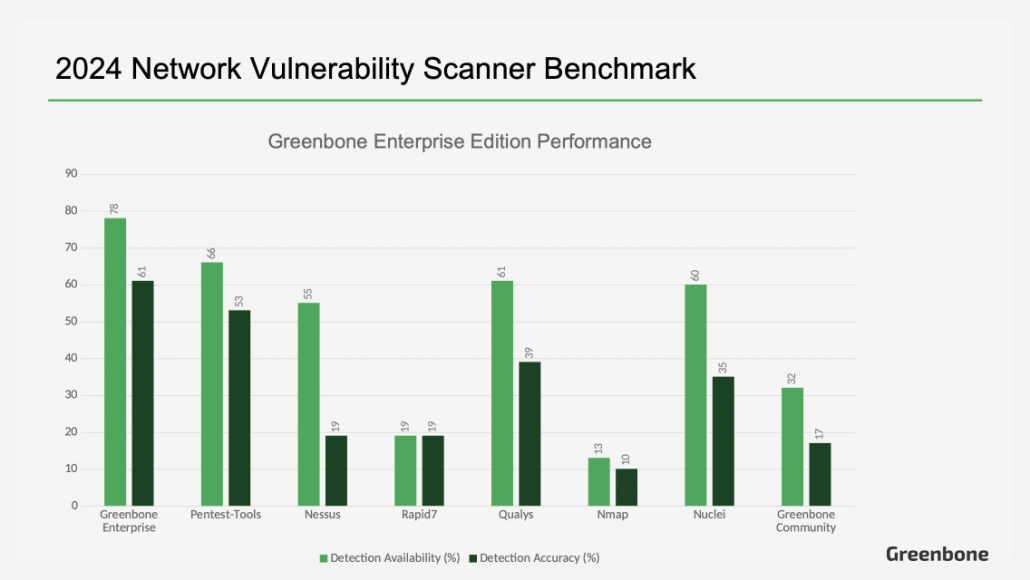IT security teams don’t necessarily need to know what CSAF is, but on the other hand, familiarity with what’s happening “under the hood” of a vulnerability management platform can give context to how next-gen vulnerability management is evolving, and the advantages of automated vulnerability management. In this article, we take an introductory journey through CSAF 2.0, what it is, and how it seeks to benefit enterprise vulnerability management.
Greenbone AG is an official partner of the German Federal Office for Information Security (BSI) to integrate technologies that leverage the CSAF 2.0 standard for automated cybersecurity advisories.

What is CSAF?
The Common Security Advisory Framework (CSAF) 2.0 is a standardized, machine-readable vulnerability advisory format. CSAF 2.0 enables the upstream cybersecurity intelligence community, including software and hardware vendors, governments, and independent researchers to provide information about vulnerabilities. Downstream, CSAF allows vulnerability information consumers to aggregate security advisories from a decentralized group of providers and automate risk assessment with more reliable information and less resource overhead.
By providing a standardized machine readable format, CSAF represents an evolution towards “next-gen” automated vulnerability management which can reduce the burden on IT security teams facing an ever increasing number of CVE disclosures, and improve risk-based decision making in the face of an “ad-hoc” approach to vulnerability intelligence sharing.
CSAF 2.0 is the replacement for the Common Vulnerability Reporting Framework (CVRF) v1.2 and extends its predecessor’s capabilities to offer greater flexibility.
Here are the key takeaways:
- CSAF is an international open standard for machine readable vulnerability advisory documents that uses the JSON markup language.
- CSAF aggregation is a decentralized model of distributing vulnerability information.
- CSAF 2.0 is designed to enable next-gen automated enterprise vulnerability management.
The Traditional Process of Vulnerability Management
The traditional process of vulnerability management is a difficult process for large organizations with complex IT environments. The number of CVEs published each patch cycle has been increasing at an unmanageable pace [1][2]. In a traditional vulnerability management process, IT security teams collect vulnerability information manually via Internet searches. In this way, the process involves extensive manual effort to collect, analyze, and organize information from a variety of sources and ad-hoc document formats.
These sources typically include:
- Vulnerability tracking databases such as NIST NVD
- Product vendor security advisories
- National and international CERT advisories
- CVE numbering authority (CNA) assessments
- Independent security research
- Security intelligence platforms
- Exploit code databases
The ultimate goal of conducting a well-informed risk assessment can be confounded during this process in several ways. Advisories, even those provided by the product vendor themselves, are often incomplete and come in a variety of non-standardized formats. This lack of cohesion makes data-driven decision making difficult and increases the probability of error.
Let’s briefly review the existing vulnerability information pipeline from both the creator and consumer perspectives:
The Vulnerability Disclosure Process
Common Vulnerability and Exposure (CVE) records published in the National Vulnerability Database (NVD) of the NIST (National Institute of Standards and Technology) represent the world’s most centralized global repository of vulnerability information. Here is an overview of how the vulnerability disclosure process works:
- Product vendors become aware of a security vulnerability from their own security testing or from independent security researchers, triggering an internal vulnerability disclosure policy into action. In other cases, independent security researchers may interact directly with a CVE Numbering Authority (CNA) to publish the vulnerability without prior consultation with the product vendor.
- Vulnerability aggregators such as NIST NVD and national CERTs create unique tracking IDs (such as a CVE ID) and add the disclosed vulnerability to a centralized database where product users and vulnerability management platforms such as Greenbone can become aware and track progress.
- Various stakeholders such as the product vendor, NIST NVD and independent researchers publish advisories that may or may not include remediation information, expected dates for official patches, a list of affected products, CVSS impact assessment and severity ratings, Common Platform Enumeration (CPE) or Common Weakness Enumeration (CWE).
- Other cyber-threat intelligence providers such as CISA’s Known Exploited Vulnerabilities (KEV) and First.org’s Exploit Prediction Scoring System (EPSS) provide additional risk context.
The Vulnerability Management Process
Product users are responsible for ingesting vulnerability information and applying it to mitigate the risk of exploitation. Here is an overview of the traditional enterprise vulnerability management process:
- Product users need to manually search CVE databases and monitor security advisories that pertain to their software and hardware assets or utilize a vulnerability management platform such as Greenbone which automatically aggregate the available ad-hoc threat advisories.
- Product users must match the available information to their IT asset inventory. This typically involves maintaining an asset inventory and conducting manual matching, or using a vulnerability scanning product to automate the process of building an asset inventory and executing vulnerability tests.
- IT security teams prioritize the discovered vulnerabilities according to the contextual risk presented to critical IT systems, business operations, and in some cases public safety.
- Remediation tasks are assigned according to the final risk assessment and available resources.
What is Wrong with Traditional Vulnerability Management?
Traditional or manual vulnerability management processes are operationally complex and lack efficiency. Aside from the operational difficulties of implementing software patches, the lack of accessible and reliable information bogs down efforts to effectively triage and remediate vulnerabilities. Using CVSS alone to assess risk has also been criticized [1][2] for lacking sufficient context to satisfy robust risk-based decision making. Although vulnerability management platforms such as Greenbone greatly reduce the burden on IT security teams, the overall process is still often plagued by time-consuming manual aggregation of ad-hoc vulnerability advisories that can often result in incomplete information.
Especially in the face of an ever increasing number of vulnerabilities, aggregating ad-hoc security information risks being too slow and introduces more human error, increasing vulnerability exposure time and confounding risk-based vulnerability prioritization.
Lack of Standardization Results in Ad-hoc Intelligence
The current vulnerability disclosure process lacks a formal method of distinguishing between reliable vendor provided information, and information provided by arbitrary independent security researchers such as Partner CNAs. In fact, the official CVE website itself promotes the low requirements for becoming a CNA. This results in a large number of CVEs being issued without detailed context, forcing extensive manual enrichment downstream.
Which information is included depends on the CNA’s discretion and there is no way to classify the reliability of the information. As a simple example of the problem, the affected products in an ad-hoc advisory are often provided using a wide range of descriptors that need to be manually interpreted. For example:
- Version 8.0.0 – 8.0.1
- Version 8.1.5 and later
- Version <= 8.1.5
- Versions prior to 8.1.5
- All versions < V8.1.5
- 0, V8.1, V8.1.1, V8.1.2, V8.1.3, V8.1.4, V8.1.5
Scalability
Because vendors, assessors (CNAs), and aggregators utilize various distribution methods and formats for their advisories, the challenge of efficiently tracking and managing vulnerabilities becomes operationally complex and difficult to scale. Furthermore, the increasing rate of vulnerability disclosure exacerbates manual processes, overwhelms security teams, and increases the risk of error or delay in remediation efforts.
Difficult to Assess Risk Context
NIST SP 800-40r4 “Guide to Enterprise Patch Management Planning” Section 3 advises the application of enterprise level vulnerability metrics. Because risk ultimately depends on each vulnerability’s context – factors such as affected systems, potential impact, and exploitability – the current environment of ad-hoc security intelligence presents a significant barrier to robust risk-based vulnerability management.
How Does CSAF 2.0 Solve These Problems?
CSAF documents are essential cyber threat advisories designed to optimize the vulnerability information supply chain. Instead of manually aggregating ad-hoc vulnerability data, product users can automatically aggregate machine-readable CSAF advisories from trusted sources into an Advisory Management System that combines core vulnerability management functions of asset matching and risk assessment. In this way, security content automation with CSAF aims to address the challenges of traditional vulnerability management by providing more reliable and efficient security intelligence, creating the potential for next-gen vulnerability management.
Here are some specific ways that CSAF 2.0 solves the problems of traditional vulnerability management:
More Reliable Security Information
CSAF 2.0 remedies the crux of ad-hoc security intelligence by standardizing several aspects of a vulnerability disclosure. For example, the affected version specifier fields allow standardized data such as Version Range Specifier (vers), Common Platform Enumeration (CPE), Package URL specification, CycloneDX SBOM as well as the product’s common name, serial number, model number, SKU or file hash to identify affected product versions.
In addition to standardizing product versions, CSAF 2.0 also supports Vulnerability Exploitability eXchange (VEX) for product vendors, trusted CSAF providers, or independent security researchers to explicitly declare product remediation status. VEX provides product users with recommendations for remedial actions.
The explicit VEX status declarations are:
- Not affected: No remediation is required regarding a vulnerability.
- Affected: Actions are recommended to remediate or address a vulnerability.
- Fixed: Represents that these product versions contain a fix for a vulnerability.
- Under Investigation: It is not yet known whether these product versions are affected by a vulnerability. An update will be provided in a later release.
More Effective Use of Resources
CSAF enables several upstream and downstream optimizations to the traditional vulnerability management process. The OASIS CSAF 2.0 documentation includes descriptions of several compliance goals that enable cybersecurity administrators to automate their security operations for more efficient use of resources.
Here are some compliance targets referenced in the CSAF 2.0 documentation that support more effective use of resources above and beyond the traditional vulnerability management process:
- Advisory Management System: A software system that consumes data and produces CSAF 2.0 compliant advisory documents. This allows CSAF producing teams to assess the quality of data being ingested at a point in time, verify, convert, and publish it as a valid CSAF 2.0 security advisory. This allows CSAF producers to optimize the efficiency of their information pipeline while verifying accurate advisories are published.
- CSAF Management System: A program that can manage CSAF documents and is able to display their details as required by CSAF viewer. At the most fundamental level, this allows both upstream producers and downstream consumers of security advisories to view their content in a human readable format.
- CSAF Asset Matching System / SBOM Matching System: A program that integrates with a database of IT assets including Software Bill of Materials (SBOM) and can match assets to any CSAF advisories. An asset matching system serves to provide a CSAF consuming organization with visibility into their IT infrastructure, identify where vulnerable products exist, and optimally provide automated risk assessment and remediation information.
- Engineering System: A software analysis environment within which analysis tools execute. An engineering system might include a build system, a source control system, a result management system, a bug tracking system, a test execution system and so on.
Decentralized Cybersecurity Information
A recent outage of the NIST National Vulnerability Database (NVD) CVE enrichment process demonstrates how reliance on a single source of vulnerability information can be risky. CSAF is decentralized, allowing downstream vulnerability consumers to source and integrate information from a variety of sources. This decentralized model of intelligence sharing is more resilient to an outage by one information provider, while sharing the burden of vulnerability enrichment more effectively distributes the workload across a wider set of stakeholders.
Enterprise IT product vendors such as RedHat and Cisco have already created their own CSAF and VEX feeds while government cybersecurity agencies and national CERT programs such as the German Federal Office For Information Security Agency (BSI) and US Cybersecurity & Infrastructure Security Agency (CISA) have also developed CSAF 2.0 sharing capabilities.
The decentralized model also allows for multiple stakeholders to weigh in on a particular vulnerability providing downstream consumers with more context about a vulnerability. In other words, an information gap in one advisory may be filled by an alternative producer that provides the most accurate assessment or specialized analysis.
Improved Risk Assessment and Vulnerability Prioritization
Overall, the benefits of CSAF 2.0 contribute to more accurate and efficient risk assessment, prioritization and remediation efforts. Product vendors can directly publish reliable VEX advisories giving cybersecurity decision makers more timely and trustworthy remediation information. Also, the aggregate severity (aggregate_severity) object in CSAF 2.0 acts as a vehicle to convey reliable urgency and criticality information for a group of vulnerabilities, enabling a more unified risk analysis, and more data driven prioritization of remediation efforts, reducing the exposure time of critical vulnerabilities.
Summary
Traditional vulnerability management processes are plagued by lack of standardization resulting in reliability and scalability issues and increasing the difficulty of assessing risk context and the likelihood of error.
The Common Security Advisory Framework (CSAF) 2.0 seeks to revolutionize the existing process of vulnerability management by enabling more reliable, automated vulnerability intelligence gathering. By providing a standardized machine-readable format for sharing cybersecurity vulnerability information, and decentralizing its source, CSAF 2.0 empowers organizations to harness more reliable security information to achieve more accurate, efficient, and consistent vulnerability management operations.
Greenbone AG is an official partner of the German Federal Office for Information Security (BSI) to integrate technologies that leverage the CSAF 2.0 standard for automated cybersecurity advisories.













